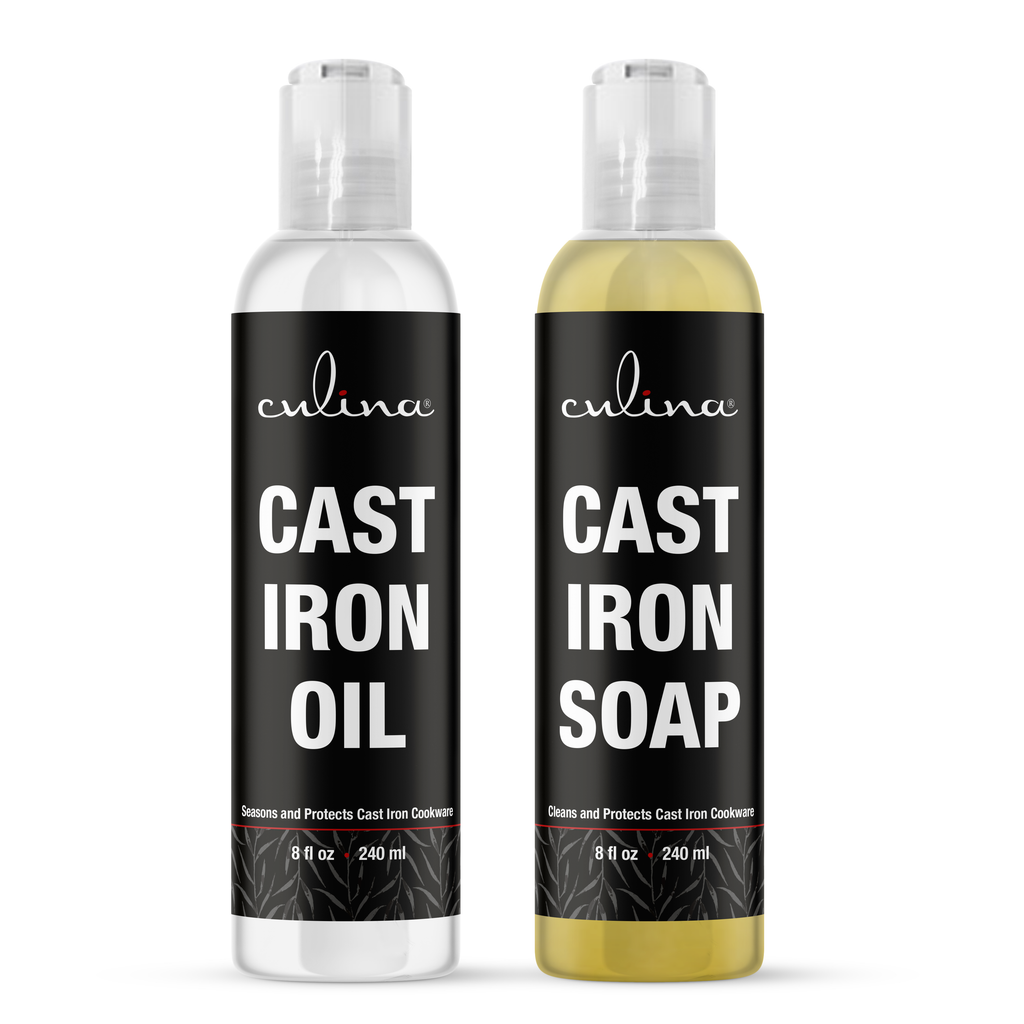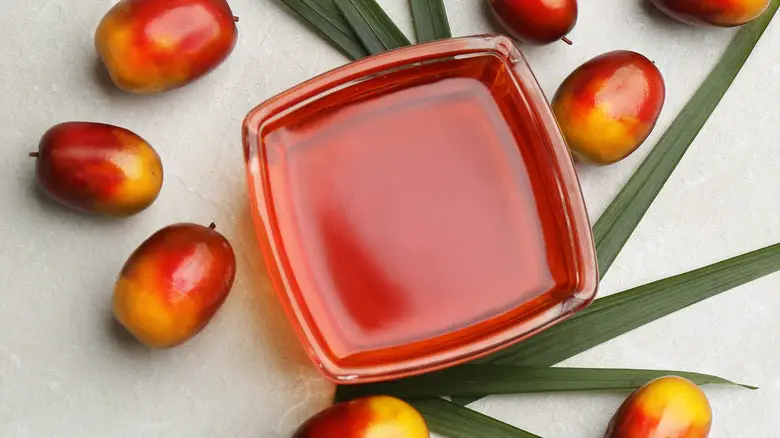How is Palm Oil Made: Unraveling Its Intricate Process?
Palm oil has emerged as a popular ingredient in various beauty products due to its versatile properties. As a beautician, understanding how palm oil is made can greatly inform your approach to skincare formulations. This article will guide you through the complex production process of palm oil, its benefits, and its impact on beauty.
Palm oil comes from the fruit of the oil palm tree, primarily the Elaeis guineensis. The oily pulp undergoes several stages before it becomes the refined oil we know and use in beauty products. Lets dive deep into the intricate world of palm oil production.

The Origins of Palm Oil
Palm oil's history is rooted in West Africa, where indigenous communities have utilized it for centuries. The oil palm tree thrives in tropical climates and produces bunches of fruit rich in oil. Once harvested, the processing begins.
:max_bytes(150000):strip_icc()/redpalmoilconfitedalliums_ft_recipe2019_192-2000-5400694caa4242d8beca219203921c20.jpg)
Steps in the Production of Palm Oil
Harvesting
The first step in the production of palm oil is harvesting the ripe fruits. Workers climb the tall trees to cut clusters of fruit that hang in bunches. The harvesters usually wear protective gear due to the sharp edges of the fronds and the heights they must conquer.
Threshing
After harvesting, the bunches are transported to a processing mill. Here, a machine called a thresher separates the fruits from the bunches. This step is crucial for ensuring that only the fruit with high oil content is processed.
Digestion
The separated fruit is then put through a digestion process, where they are heated to soften the pulp. This allows the oil cells to break down and release the oil trapped inside. As you can see, the mechanical and thermal treatments enhance palm oil extraction.
Pressing
Following digestion, the soft pulp is subjected to pressing. This step involves a hydraulic press that extracts the oil from the pulp. The resulting mixture consists of crude palm oil and a solid by-product called palm kernel cake.
Clarification
The crude palm oil is then clarified to remove impurities. It undergoes a series of filtration and settling processes to separate oil from water, solids, and other impurities. The final product is the bright orange-red crude palm oil that retains most of its natural nutrients.
Refining
The last stage involves refining the crude palm oil to ensure it meets industry standards. This can include processes like bleaching, deodorization, and all the necessary steps to enhance its appearance and shelf life. Refined oil is commonly used in the beauty industry.
:max_bytes(150000):strip_icc()/redpalmoilconfitedalliums_ft_recipe2019_192-2000-5400694caa4242d8beca219203921c20.jpg)
Benefits of Palm Oil in Beauty Products
Palm oil is increasingly favored in the beauty industry for good reason:
- Rich in Nutrients: It contains vitamin A and E, which can help improve skin health.
- Moisturization: Its emollient properties hydrate and soften skin, making it a staple in many moisturizers.
- Stability: Palm oil is stable at room temperature, making it suitable for various formulations.
- Natural Sourcing: As a renewable resource, its use aligns with sustainable beauty practices.

Is Palm Oil Sustainable?
The sustainability of palm oil is a hot topic in the beauty industry. While it has many benefits, the environmental impact of palm oil production, such as deforestation and loss of biodiversity, cannot be overlooked. Brands are now looking to source palm oil from certified sustainable sources. As a beautician, advocating for sustainable practices keeps you aligned with consumer demands for ethical products.
Alternatives to Palm Oil
For those concerned about palm oil's environmental impact, there are several alternatives available:
- Organic Sunflower Oil
- Substitutes for Sunflower Oil
- Health Benefits of Sunflower Oil
- Uses of Palm Oil
- Why Palm Oil Can Be Harmful
Conclusion
Understanding how palm oil is made is essential for beauticians looking to make informed choices when selecting ingredients for their products. Palm oil presents both advantages in cosmetic applications and challenges concerning sustainability. By keeping yourself informed and utilizing sustainably sourced materials, you can contribute positively to the beauty industry.
FAQ
What is palm oil used for in beauty products?
Palm oil acts as an emollient and a thickening agent in various beauty formulations.
Is palm oil bad for health?
There are concerns about palm oil's saturated fat content, which may contribute to heart disease if consumed in large quantities.
What can I use instead of palm oil?
Some alternatives include coconut oil, olive oil, or other vegetable oils.
As an Amazon Associate, I earn from qualifying purchases.

